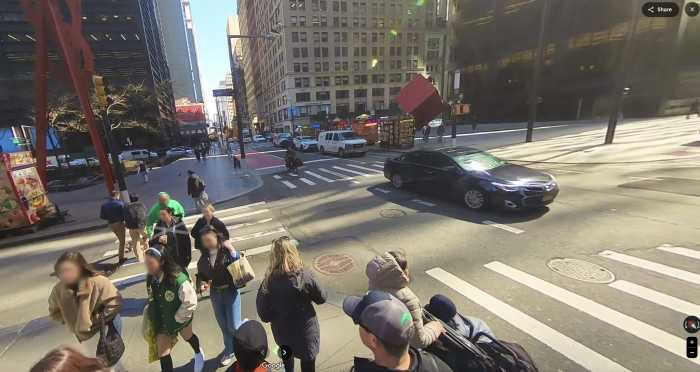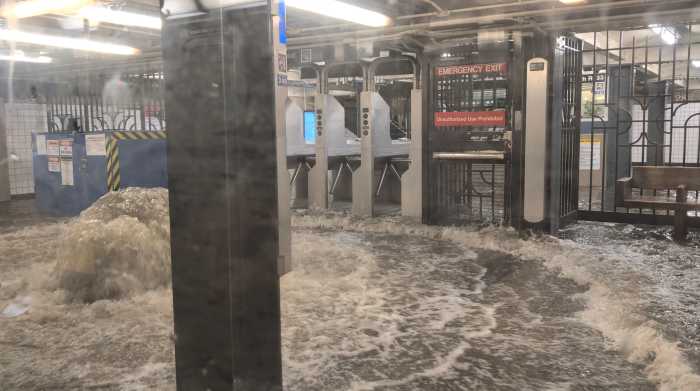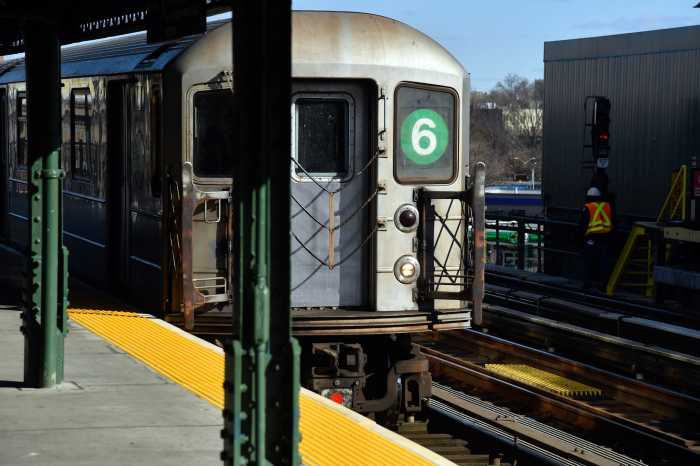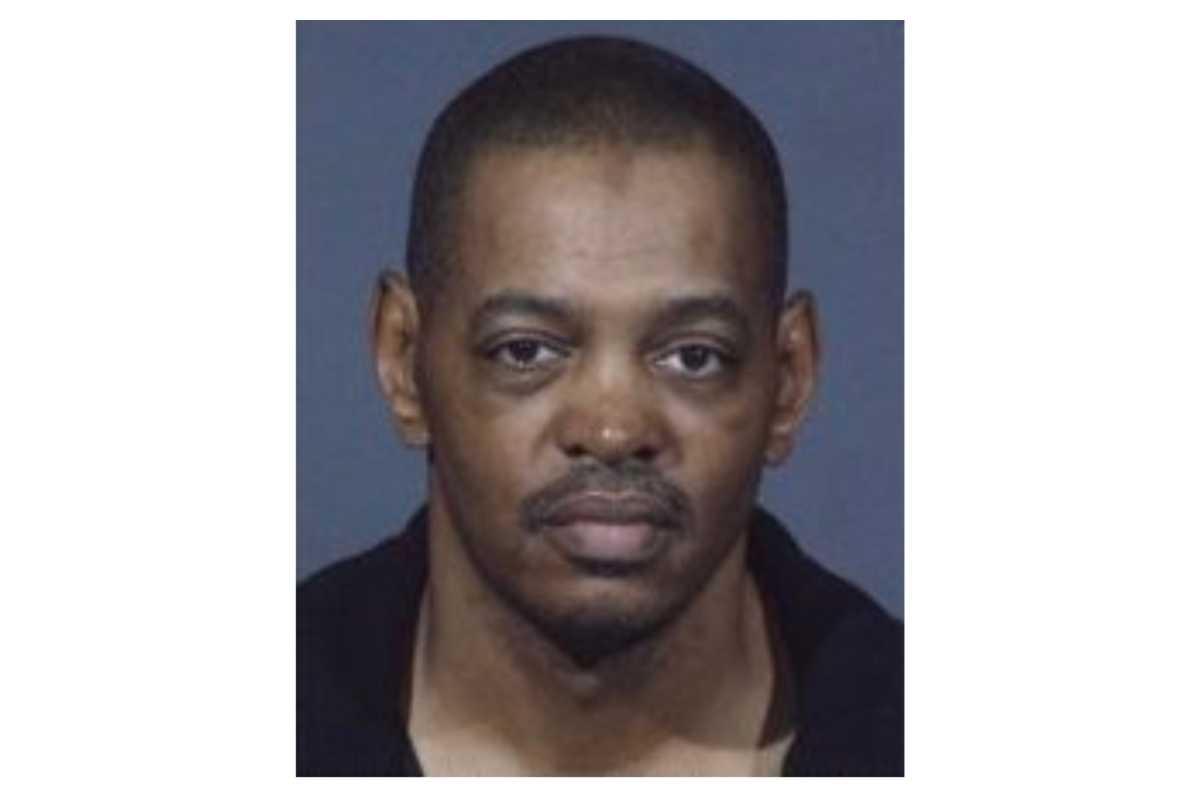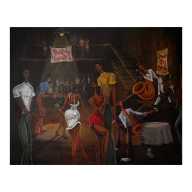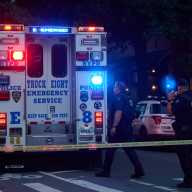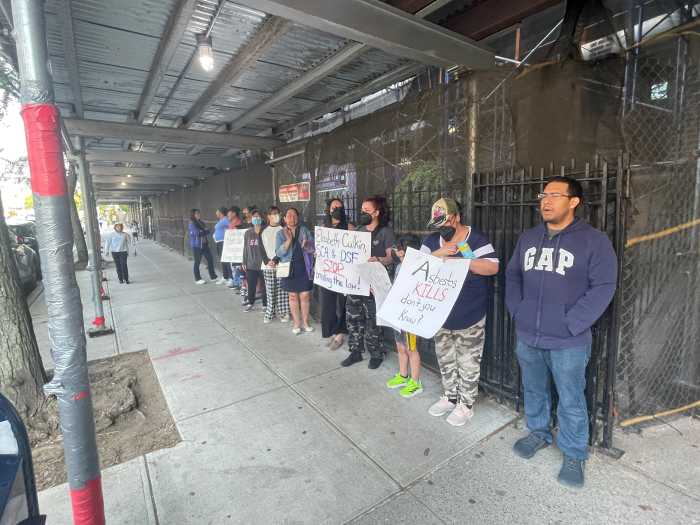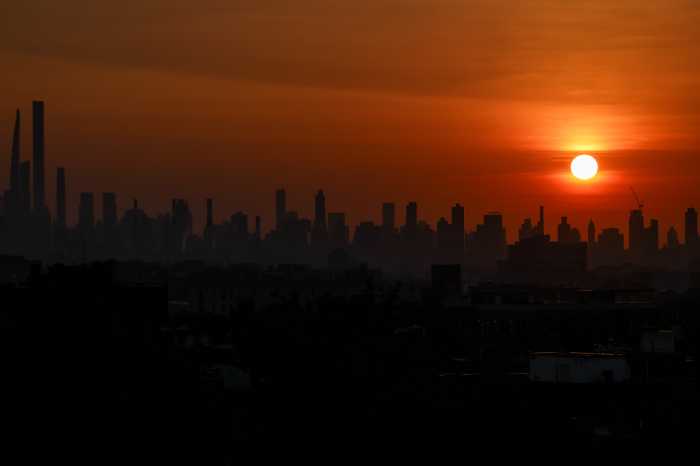Fifty years ago, New York City was at a standstill. A historic 12-day transit strike shut down the subway system and buses, halting millions of commuters and derailing former Mayor John Lindsay’s first weeks at City Hall.
A New Year’s Eve deadlock in labor negotiations between the Transport Workers Union, which represented about 33,000 transit employees, and City Hall was intensified by the change at midnight in the city’s administration from Democratic mayor Robert Wagner to Republican mayor Lindsay on New Year’s Day, 1966.
“It was a terrible situation, it was built for a calamity,” said Jay Kriegel, who was chief of staff during Lindsay’s administration for eight years, about the timing of the TWU contract expiring.
Shortly after midnight on Jan. 1, 1966, the fiery founder of the Transport Workers Union stormed out of negotiations of the former Americana Hotel in midtown. Michael Quill, a union leader with an Irish brogue who was known for his irreverence, slammed a $25 million offer from the Transit Authority as a “peanut package,” and said a strike was “as good as on.”
Almost 2,000 workers from the Amalgamated Transit Union, which represented employees on some city bus lines, also joined them.
Those 12 days in 1966 were estimated to have cost the region’s economy about $1.2 billion, according to a subsequent New York Times report. It led to the creation of the state’s Taylor Law, which set new rules for negotiatons with public employees and made penalties for illegal strikes smaller but easier to enforce.
The nation was captivated by the drama of the strike, which included a cultural clash between Quill, a working-class immigrant, and Lindsay, a Yale-educated son of a Manhattan investment banker.
“The whole country was riveted,” said Priscilla Murolo, a professor of labor history at Sarah Lawrence College.
The last train on New Year’s Day was on the No. 2 line, which ran to the 241st Street Terminal about three hours after the strike began.
The shutdown was devastating for the city’s economy. About five million people typically took the subway or bus daily during rush hour on weekdays. Some school children missed up to nine days of class. High school students were allowed to go to the nearest school they could reach, causing significant overcrowding.
“This was long before we had the Internet and could work from home, long before telecommuting and the availability of cell phones,” said Mitchell Moss, the director of the NYU Rudin Center for Transportation. “It was a vast disruption in the city’s economy.”
Kriegel said commuters from the outer boroughs who could walk into Manhattan came over crossings like the Brooklyn Bridge, but those further out had no choice but to drive or stay home.
Commuters hurt the most were those paid by the hour or the day.
“It had terrible consequences for millions of people,” said Kriegel. “Rush hour started at 4 a.m. People started driving from their home at 4 a.m., and did not get home until midnight.”
Quill and eight other union leaders were arrested and sent to a civil jail for breaking an injunction that forbid the strike. The spirited TWU chief, who had called Lindsay a “pipsqueak,” famously told the judge to “drop dead in his black robes.”
But it was Quill who went into cardiac arrest shortly after he was sent to jail, and he was hospitalized at Bellevue on Jan. 4. While there, he helped negotiate from an oxygen tent, the Times reported, and died three days after a labor agreement was finally reached. He secured a 15 percent wage boost for more than 30,000 workers.
“It was a very generous settlement to the workers, they got a substantial raise in pay and benefits,” said Murolo.
The Transit Authority said then that the labor agreement cost $60 million, and fares went from 15 to 20 cents in July of that year.
One impact of the strike was a significant shift in labor law. The Taylor Law replaced the Condon-Wadlin Act, which had made striking a fireable offense in New York state. It also said that dismissed workers who got their jobs back after dismissal couldn’t get raises for three years.
The new law revised the process for labor negotiations, and required that government agencies negotiate with labor unions. A labor relations board was also created for public workers.
“It’s more important legacy is the recognition of collective bargaining,” said Murolo, on the Taylor Law.
Although it protected public employees’ right to collectively bargain, the law also made penalties for striking less dire but more enforceable. After the 12-day strike, transit workers were given amnesty and not fired — a penalty provided by the Condon-Wadlin Act.
Work in the city’s transit system, such as maintaining its unique equipment, required a lot of specialization, and it was unrealistic that tens of thousands of workers would be laid off for striking.
“Transit workers are very highly trained,” said Gary Dellaverson, a former chief labor negotiator at the MTA who now works at the Proskauer Rose law firm. “There’s not a marketplace of people who can fix equipment only in the New York City subway system. This is not something where there are thousands of people looking for that work.”
Under the Taylor Law, employees are punished for striking by losing two day’s pay for each day there is a work stoppage. Unions are also punished by not being able to collect dues automatically from workers’ paychecks. In order to vote or participate in the union, members have to contribute their dues on their own.
The law did not end strikes. Teachers and sanitation workers walked out in the years that followed, and there were transit strikes in 1980 and 2005. But union officials believe the Taylor Law has still made strikes less common in the long-term.
“Ironically, the Taylor Law, with its less severe but more enforceable penalties has been more successful in preventing job actions by public sector workers,” said Zachary Arcidiacono, who represents train operators for the Transport Workers Union Local 100.
Another effect of the strike was that Mayor Lindsay was able to shift the timetable for negotiations so that contracts would not expire during changes in administration.
During the 1980 11-day transit strike in April under former mayor Koch, it was a warmer walk to work for commuters than it was for straphangers in January 1966. The current transit workers’ union contract expires on Jan. 16, 2017.
The 12-day strike has also become part of workers’ folklore. The TWU Local 100 recently created a video from discovered archival audio from a memorial held for Quill from the Manhattan Center, as well as from radio clips. It includes Quill’s fiery message to the judge to drop dead.
Jim Gannon, the communications director for TWU Local 100, said he remembers the strike well. He was 15 at the time, and his father was a World War II veteran and bus driver who took part in the labor action.
“We grew up in Astoria, a real blue-collar neighborhood at the time,” said Gannon. “Lots of transit workers, lots of cops, firemen, sanitation, longshoremen, all kinds of city workers. Even at 15, I realized the strike was something really important. All our neighbors were rooting for us.”
He remembered it was strange to have his dad, who usually would leave for work at 4 a.m. for the morning rush-hour, home during the strike.
“We were glad when it was over, but you could see my father felt really proud of what he and his fellow transit workers accomplished for themselves and city workers,” said Gannon. “Having worked for the TWU for more than 33 years, that strike still reverberates throughout the union.”



